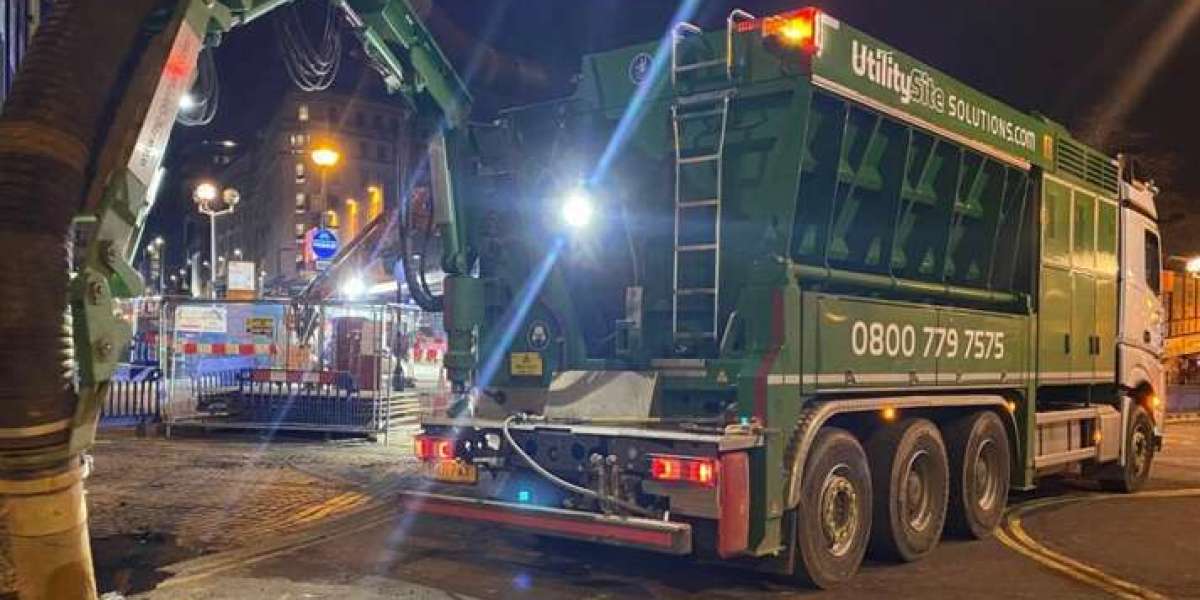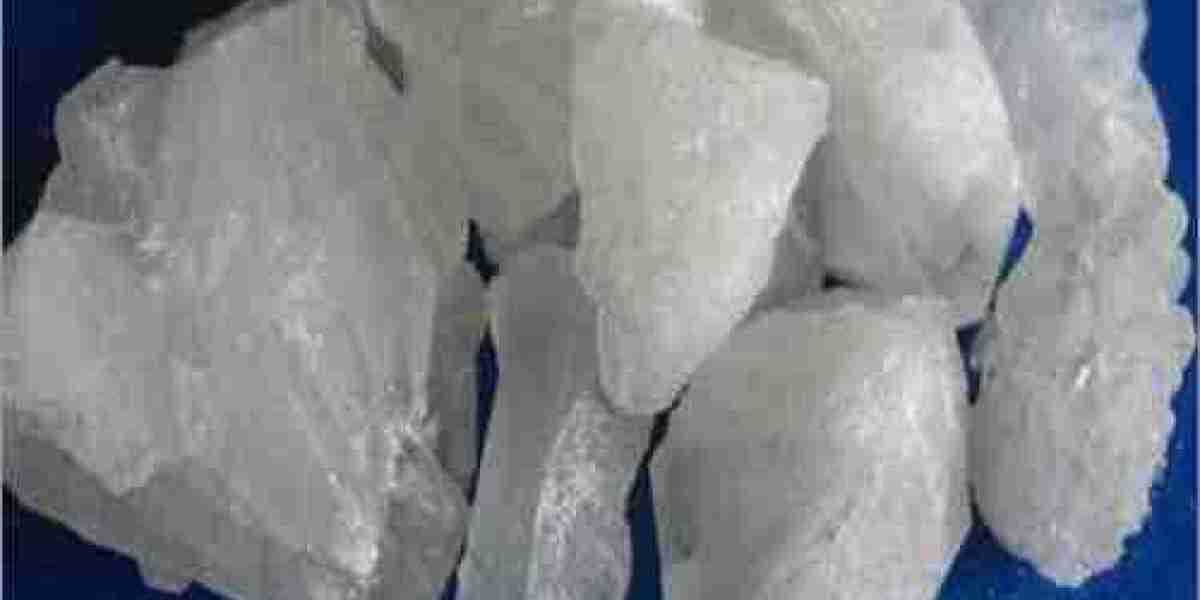In the realm of excavation and construction, the traditional methods of digging, often involving heavy machinery and manual labor, have undergone a transformative evolution. The advent of suction excavation has emerged as a powerful and precise alternative, revolutionizing the way excavation projects are executed. This innovative technique, often referred to as "vacuum excavation," combines power and precision to meet the demands of diverse industries, ranging from construction to utility maintenance.
The Evolution of Excavation Techniques
Historically, excavation involved manual digging or the use of heavy machinery such as excavators and backhoes. While these methods were effective to some extent, they came with inherent challenges. Manual digging was labor-intensive and time-consuming, while heavy machinery posed risks of damage to underground utilities, pipes, and other sensitive infrastructure. The need for a safer, more precise, and efficient method led to the development of suction excavation.
Understanding Suction Excavation
Suction excavation is a non-destructive method that utilizes a high-powered vacuum system to remove soil and debris from the excavation site. The process involves creating a vacuum that effectively sucks up soil, exposing the desired underground structures without causing damage. This method is particularly advantageous in urban environments where the risk of damaging existing utilities is high.
Key Components of Suction Excavation Systems
Suction excavation systems consist of several key components, each contributing to the efficiency and precision of the process. The heart of the system is the vacuum source, typically a powerful pump capable of generating high suction forces. This vacuum is connected to a suction hose and nozzle that is manipulated by operators to extract soil and debris. A debris tank collects the excavated material, allowing for easy disposal or reuse. The entire system is often mounted on a truck for mobility and versatility.
Power and Precision in Unison
One of the primary advantages of suction excavation is the balance it strikes between power and precision. The high suction forces generated by the vacuum system allow for the rapid removal of large volumes of soil. This power is complemented by the precision afforded by the operators who can control the suction hose with accuracy. The ability to precisely target the excavation area minimizes the risk of collateral damage to nearby infrastructure, making it an ideal choice for projects in densely populated or sensitive areas.
Safety First: Minimizing Risks and Environmental Impact
Safety is a paramount concern in any excavation project. Traditional methods often posed risks to both workers and existing infrastructure. Suction excavation mitigates these risks significantly. The non-mechanical, non-intrusive nature of the process minimizes the chances of accidental damage to underground utilities, reducing the likelihood of service interruptions, injuries, and costly repairs. Additionally, the reduced need for manual labor in the excavation process contributes to a safer work environment.
From an environmental perspective, suction excavation minimizes the environmental impact associated with traditional digging methods. The precision of the process means less soil disturbance, preserving the natural ecology of the excavation site. Furthermore, the ability to segregate and contain excavated material in the debris tank allows for responsible disposal or recycling, aligning with sustainable practices.
Versatility Across Industries
The versatility of suction excavation extends its applicability across various industries. In construction, it proves invaluable for trenching, foundation work, and site preparation. Utility maintenance benefits from its precision in exposing and repairing underground pipes and cables. The telecommunications industry utilizes suction excavation for installing and repairing fiber optic cables without disrupting existing infrastructure. Its adaptability to different soil types and conditions makes it a versatile tool for projects ranging from urban development to environmental remediation.
Challenges and Continuous Improvement
While suction excavation presents a host of benefits, it is not without challenges. The initial cost of acquiring and maintaining suction excavation equipment may be a consideration for some projects. Operator training is essential to ensure the effective and safe use of the technology. Continuous research and development are crucial to addressing these challenges and improving the efficiency and accessibility of suction excavation, making it a more widely adopted method in the construction and excavation industries.
Conclusion
In the dynamic landscape of excavation, suction excavation stands out as a powerful and precise technique, reshaping the way projects are undertaken. The combination of high-powered suction forces and operator precision ensures efficiency without compromising safety. As industries recognize the need for safer, more sustainable excavation methods, the popularity of suction excavation is likely to grow. The ongoing refinement of technology and practices will contribute to its seamless integration into various sectors, promising a future where excavation is not just a task but a meticulously executed process that balances power, precision, and environmental responsibility.



